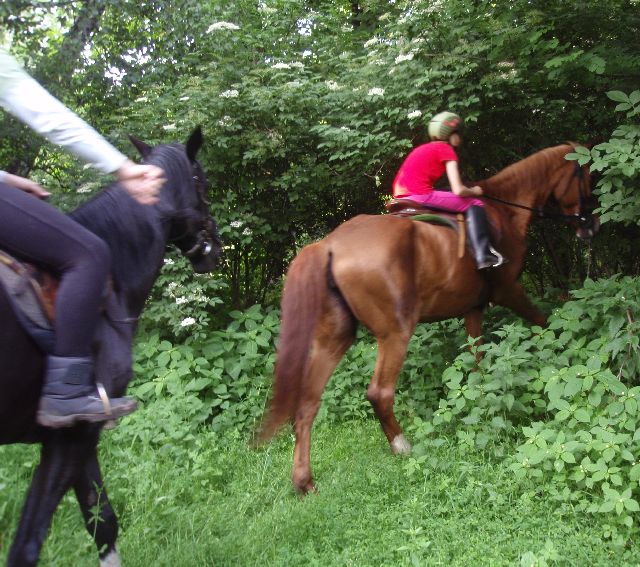
PRZYJACIEL KONIKA
the association of physical education
non-profit organisation

 |
PRZYJACIEL KONIKA the association of physical education non-profit organisation |
 |
|
Founded in 1988, the association has pursued its policy since 1990. The main objectives of the association, enclosed into its
statute, aimed mainly at children and school pupils, including
handicapped children, are the following:
The headquarters of the association is situated in the Fort 49 1/4 "Grębałów" in Cracow, which, at the same time, is a place of realisation of above-mentioned aims. Equestrian recreation classes are run in two different groups:
Hippotherapy for handicapped children has been run since 1991. Classes for handicapped children are free of charge; for this reason the sources of grants for this program are being constantly sought for by the association. Apart from year - round classes the association organises occassionally sports-recereational fetes for handicapped children and recreational equestrian competition for participants of recreational classes. All kinds of activities organised by Ognisko TKKF "Przyjacel Konika" are guided by experienced instructors. THE CRACOW FORTRESSAfter the seizure of Wawel Castle by austrian army in 1846, on 12th Apr. 1850 a decision about an erection of the Cracow Fortress was officially announced by Francis Joseph, the emperor of Austria. An early project was being realised between 1850 and 1860. The threat of probable war with Russia in 1854 advanced further extension of the fortress. The construction of FS rampart ("Feld Schanze" - field rampart) was started on the foreground of the core and even though the danger had disappeared, the works once begun were continued. The numeration of new objects, starting from Washington Avenue, ran along the clockwise direction. Between 1892 and 1895 two forts of Enheitsfort class (huge armoured fort) and first interfield armoured forts were erected in the northern part of the Fortress. After 1898 the construction of non-typical objects, such as 49 1/4 and 53a, which had extended traditors and deep moats defended from caponiers, took place. THE 49 1/4 GRĘBAŁÓW FORTThe fort was designed and erected between 1896 and 1899 by lt.
Moritz Ritter von Brunner. It was a part of the third, outer ring of
the Cracow Fortress, which emerged in the second phase of her
modernisation held between 1897 and 1899, as an element of her
strongest fortified groups advanced to the north-east outskirts.
Alongwith the 49 Krzesławice Fort and 49a dłubnia Fort, permanent
battery and infantry ramparts it was b locking a way leading to
Proszowice and railway line to Kocmyrzów, which was a manoeuvring line
for armoured trains. The building of the 49 1/4 Grębałów Fort is based
on strongly transformed model of an armoured fort of close defence
designed by E. Gołogórski. |